By Rick VanSickle
Let’s get a little weird here as I borrow from one of my favourite features on Instagram — Rapid Fire with Laura Milnes on her omnibus platform Crushable.
Now, I know what you are thinking, ‘what the hell is HE thinking.’ Am I right? Well, I didn’t give it much thought on how to do this until just now. But the bonkers notion of asking myself the questions that I would answer seemed the perfect way to skip the middle person and just ask about things that I most wanted to answer.
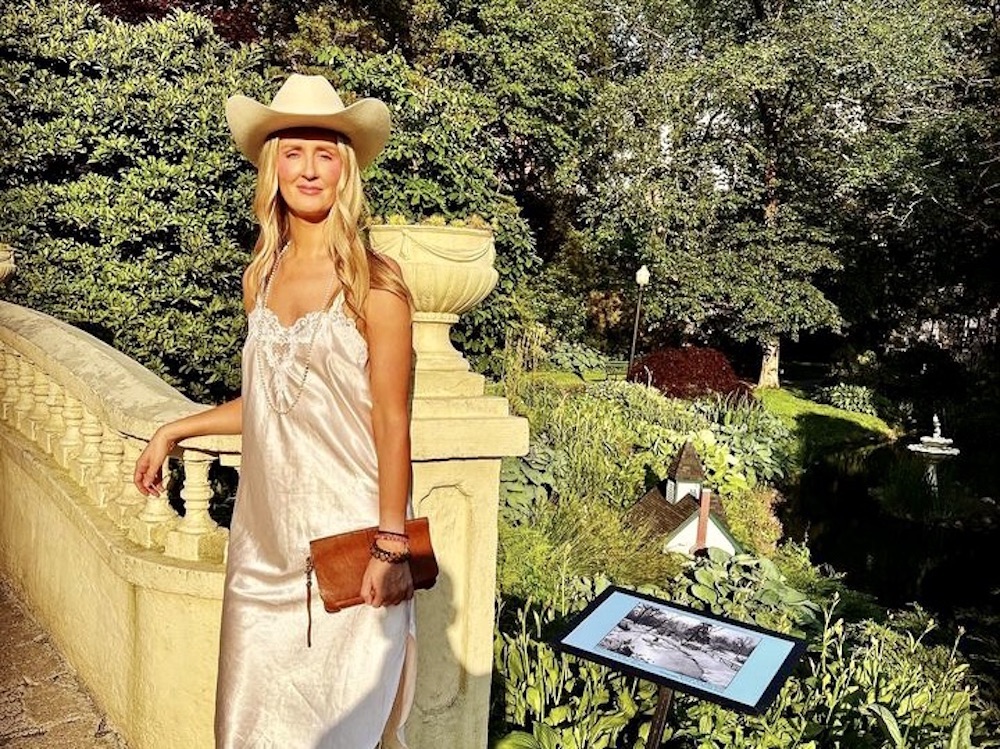
On her Crushable Wine Club feed, Milnes, above, produces regular segments of Rapid Fire with interesting people who answer questions ranging from: what is your favourite Riesling, your best dad wine, your hidden gem winery? It makes for a fun and entertaining video. I should be so lucky as to ever get invited to participate, but alas, even if I did (which is really in the 1% to fat chance category as well as presumptuous), I would likely not answer many of the questions because, well, each answer would be too political to tackle … I can’t play favourites with wineries, wine, or styles. It’s kind of like, who is your favourite child? I might have one, but I’m certainly not going to shout out the name of who that is. (I said MIGHT there).
But what if I could just feed myself lob-ball questions, wouldn’t that be ideal? Well, of course I can, and I intend on doing that right here and now. Let’s begin …
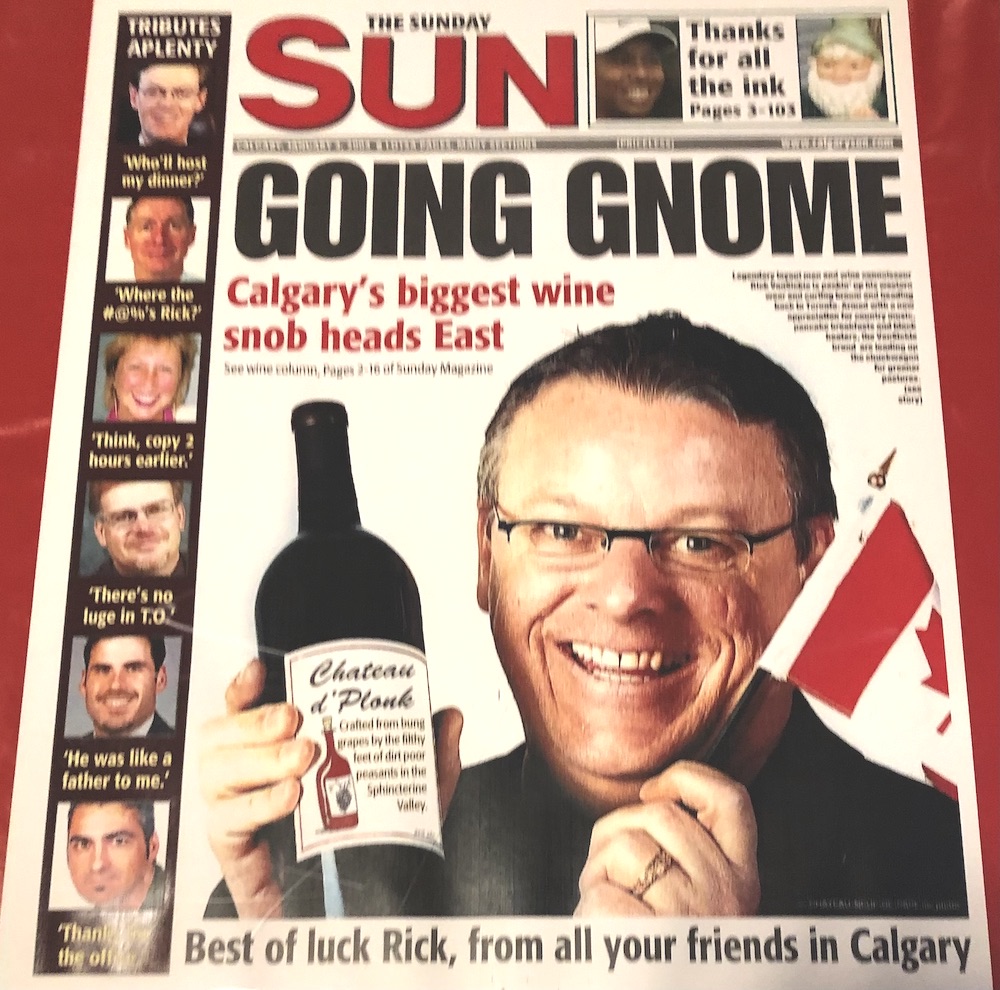
Wines in Niagara (my alter ego): So, ah, Rick, can I call you Rick? Let’s throw a bone out there. Who the hell made you a wine writer, I mean, how in the world did that happen?
Rick VanSickle (my ego): Yeah, good question, and, yes, please call me Rick. If you really need to know this, and I know you already know, I will answer for the benefit of your readers, if you have any. I made me a wine writer. That’s right. I was the Sunday editor of the Calgary Sun back in the late 1990s and it was my job to hire the freelancers for the various sections of the Sunday newspaper. I wasn’t keen on the geographical style (travelogues to exotic wine locations via junkets) of wine writing from the writer I inherited when I arrived, and we amicably parted ways. I was looking for someone who could recommend wines that were in the market, wines you could buy, and the stories behind them. I knew what I was looking for and set up a “mock” search for that person. I filled in and wrote the column myself while I was “looking” and finally landed on hiring me for the job. Yes, it’s called double dipping (the paper paid a freelance fee), and it was a thing back then. I will say this, I haven’t stopped writing about wine since performing that coup way back in the Calgary days.
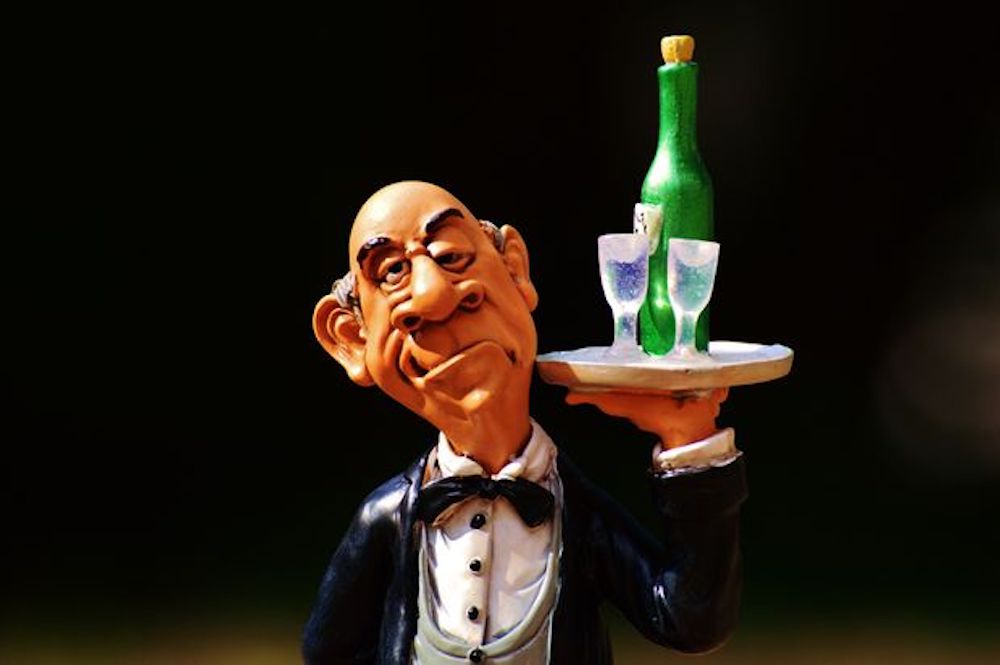
WIN: What was your worst wine blunder?
RV: Oh, I wish you didn’t ask this question, it’s a bit embarrassing. OK, so I was the managing editor of the Ottawa Sun, and we needed a city editor. This was in 1990 or thereabouts. A writer from the Toronto Star applied for the job and her resume looked fantastic, so we brought her up to Ottawa for an interview. I frequented a great little French restaurant in the downtown core called Clair de Lune and I felt that we needed to woo this hotshot if we were going to land her for the job. So off to the restaurant we went. The conversation was going great, lunch was ordered, both meals called for a big red wine, and it came time for me to choose it from the list. I was mildly wine savvy but not versed in all French wines, which was pretty much the entire wine list. I ordered a Sauternes (sounded vaguely familiar) to pair with the red meat, much to the shock and horror of the server. I remained adamant that Sauternes was the perfect match with our lunch, despite the angst on our server’s face. Much to my astonishment, it was served cold, and it was white! Even more disappointing, it was sweet and a complete disaster with the food we ordered. I drank like a champ, my companion never said a word about the pairing, and she took the job. ’Nuff said, we won’t speak of this again.
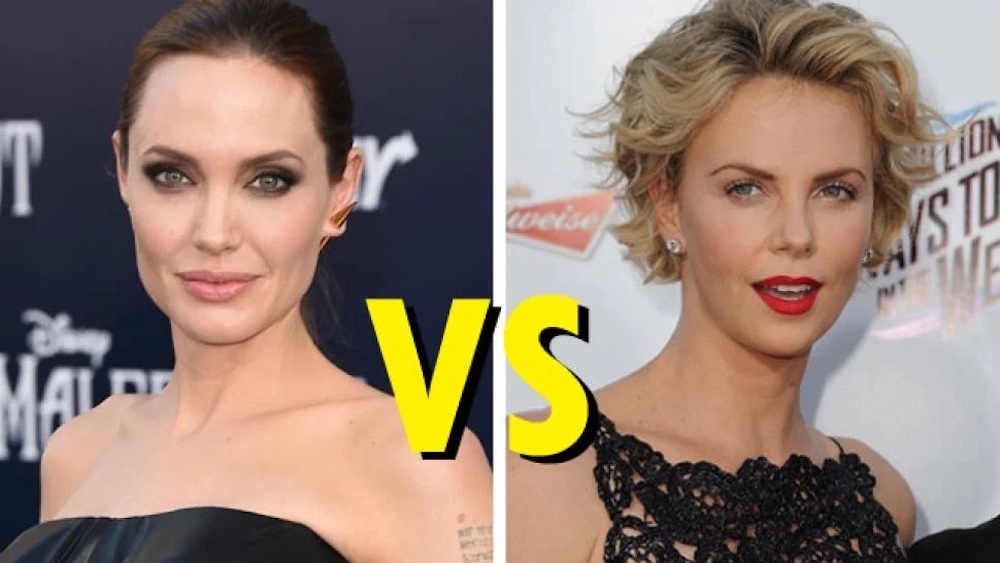
WIN: Is there a wine column you wish you could eliminate from your dubious body of work?
RV: I’m not enjoying your line of questioning, Wines in Niagara, and especially the word “dubious.” This is supposed to be rapid fire! Yes, there are plenty of regretful stories, reviews, tweets, DMs, photos, and videos out there (like this recent one here https://www.instagram.com/p/CvTokhzgwFj/), but one post on this site takes the Double Platinum Medal for poor judgment. On June 28, 2011, under the headline Black Paw vs. Red Paw at Coyote’s Run just like Theron vs. Jolie (sort of), I gleefully wrote about the differences between one vineyard and another using two Hollywood female actors as the analogy. “You can’t immediately see the difference, but you certainly can taste it. It’s Black Paw Vineyard vs. Red Paw Vineyard. Or, if you will, Charlize Theron vs. Angelina Jolie. Let me explain,” I wrote. Cringe-worthy stuff, to say the least, and probably the beginning of the end for gender-based narratives in wine writing (it was for me!), though we still do see references to masculine and feminine style wines from time to time. The full (embarrassing) story I wrote is still on my website here. Don’t read it.
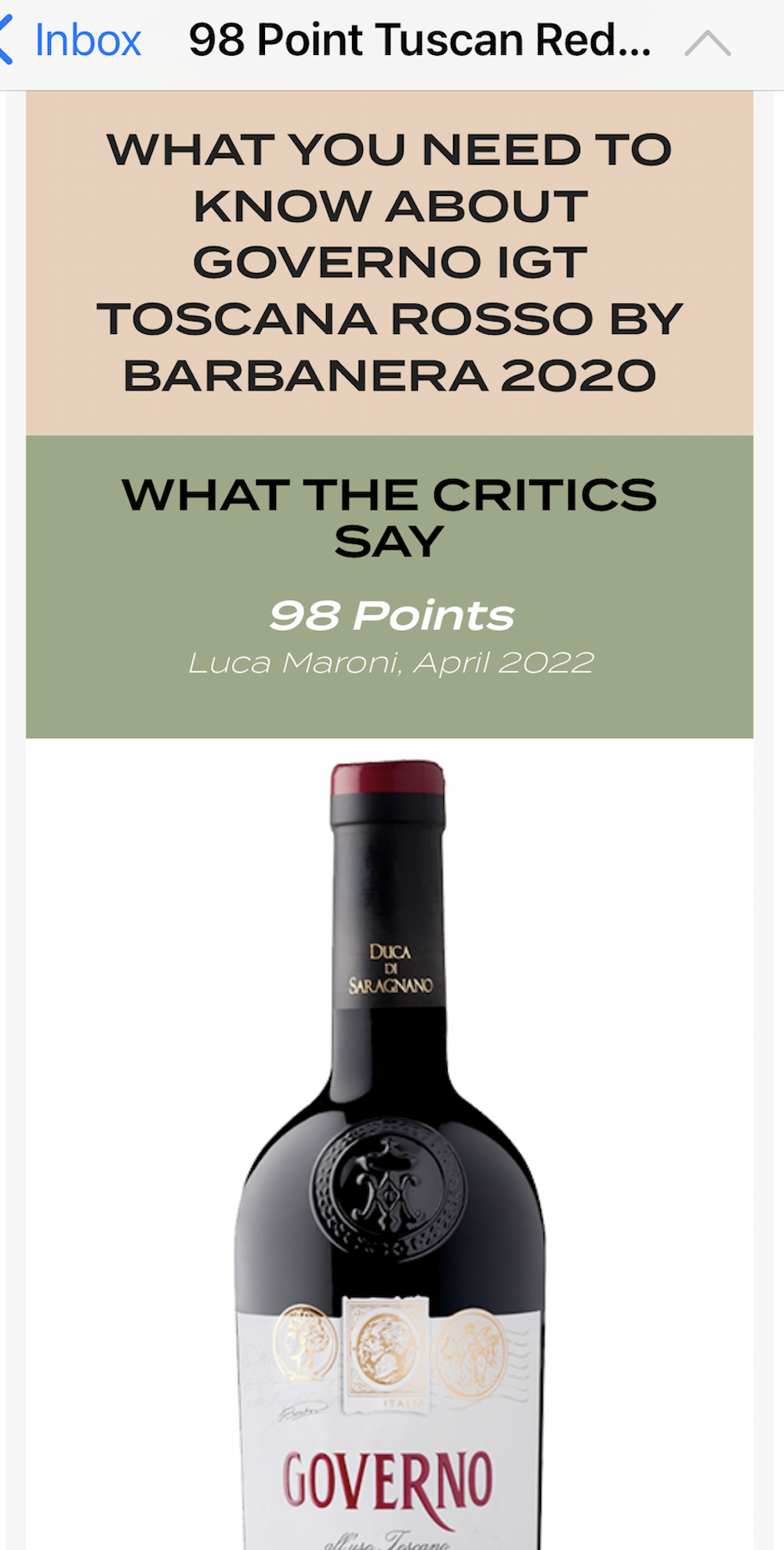
WIN: Are there the things in the wine world that drive you crazy?
RV: Where to start on that one. I thought these were supposed to be apolitical questions! Everything that drives me crazy in the wine world can be summed up in one word. TRANSPARENCY. Consumers need to know the motivation behind an IG post, a YouTube video, reviews on a website and how wines our rated. There is so much content out there, much of it paid for by wineries, agencies and industry associations through collaborations and paid partnerships, and only a fraction of it is clear to the viewer/reader whether it’s genuine, independent content or not. Look, we have all heard of Luca Maroni. He rates wines based on value. So, a decent, drinkable, and cheap bottle of wine will be given a score of 98 points while every other reviewer will score it in the mid-80s. Guess which score gets pasted on the bottle? The 98, with no reference to Marconi’s weird methodology for rating wines. I saw a comment on CellarTracker for a recent Marconi review that read: “The 98 Point Luca Maroni label on the bottle is either a joke or a fraud. Always looking for a hidden value with a great QPR — this is not one of those. Non- memorable wine with no complexity, fruit, or finish. Not flawed — you get what you paid for it on this one.” I subscribe to a few wine agencies to see their wine offers not available at Vintages stores. One of them uses Marconi scores regularly for some of the inexpensive wines they are trying to sell. I question their judgment on that and wonder if ridiculously high scores from a known abuser of the 100-point Parker scale has a negative impact on sales. I will never buy a bottle of wine endorsed by Marconi.
The wine writer at Canada’s largest newspaper, the Toronto Star, employs the same method of scoring as Maroni uses. Carolyn Evans Hammond hands out unusually high scores for modestly priced wines when she finds bottles that she deems worthy. And, again, that score gets pasted on the bottle with no reference to her methodology.
I have less of a problem with high scoring critics than I do with the lack of transparency in the Instagram world of “influencers” and those who play on both sides of the fence. Do I sense a question about that, Wines in Niagara?
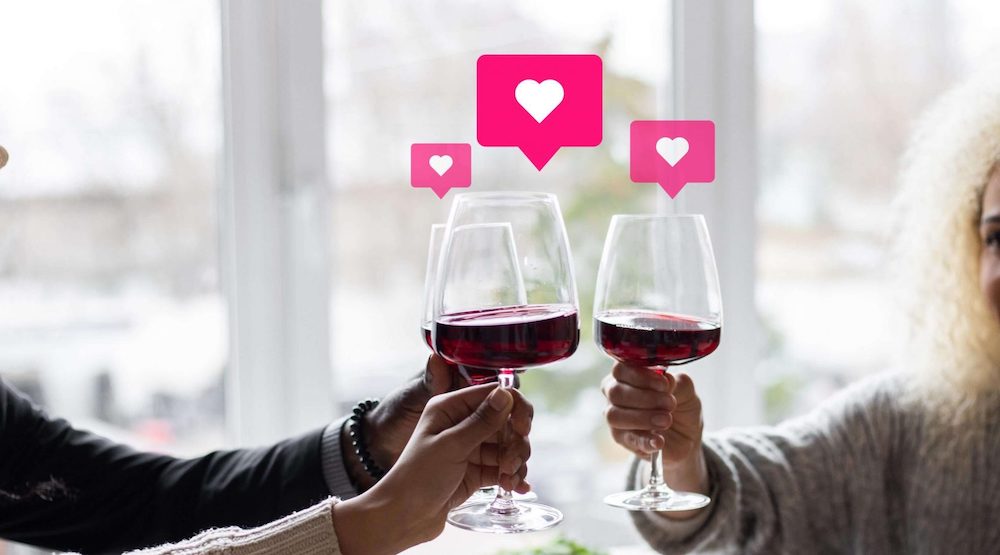
WIN: Ok, we’ll bite. Do you think there is a transparency problem with today’s crowded community of IG influencers and content creators?
RV: Thanks for asking. The obvious answer is YES, of course there is. I have absolutely no concerns with accounts that are purely marketing driven. They get paid to work with brands, create slick, elaborate stories, videos, and text that is written with the client in mind with the content clearly identified as promotional or advertorial. In other words, consumers know what they are getting. It’s the other accounts out there, the ones that do both, that is most concerning. Paid-for content without it clearly identified as such is troubling — especially when the writer does both things, real journalism and accepts money for content production. I’m not talking about bottles sent to a person for possible review, but rather an arrangement where they are paid to say or write nice things about the wines they were sent, some of which end up as real reviews that show up elsewhere. If you are not identifying that content as “sponsored” clearly and right up front, then you are not being honest. If you are burying the “sponsored” part in a hash tag at the very bottom of the post, or don’t have one at all, then it’s deceitful and you are trying to trick consumers to into believing it’s real, independent content. This answer likely begs another question …
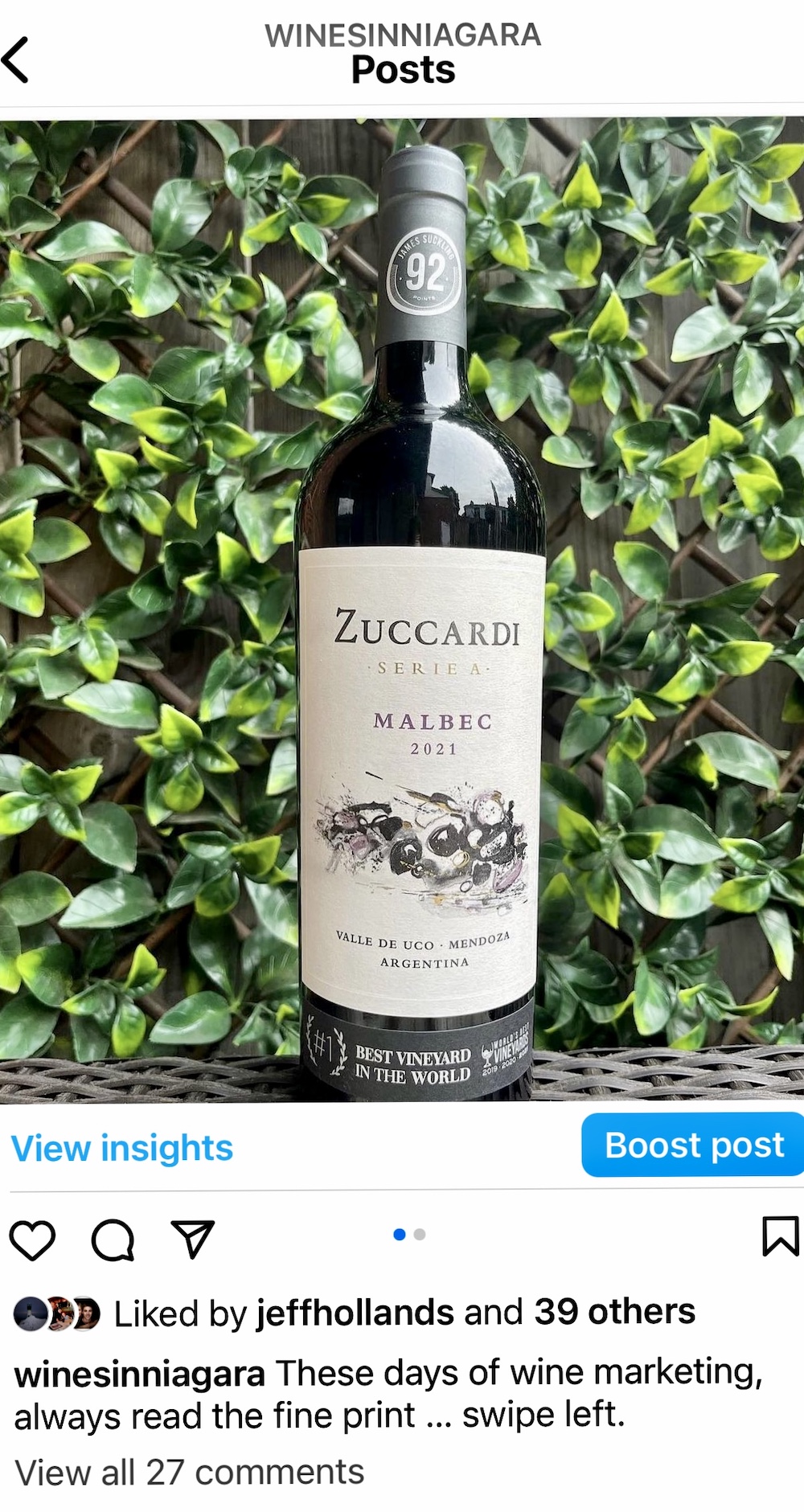
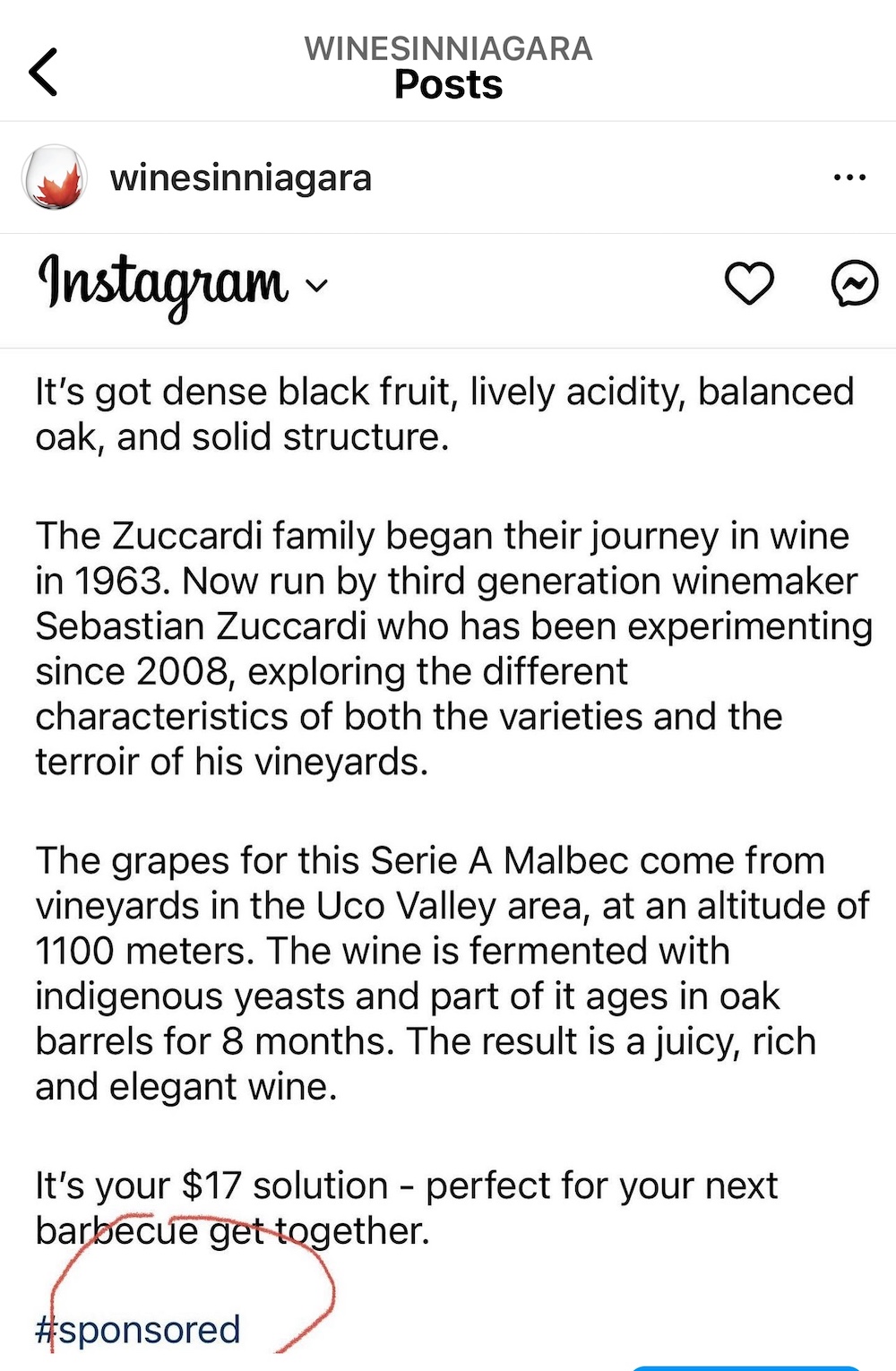
WIN: Hey, we’re asking the questions here! Have you ever been blocked for comments like those above?
RV: Yes, I have proudly been blocked on Instagram for simply pointing out to a fledgling website called VineRoutes that a promotional post on Instagram wasn’t clearly identified as such. VineRoutes, which is part editorial and part marketing, has a complicated array of advertising, marketing, and partnership services it offers, so it’s imperative that they clearly separate the editorial from the paid-for content across all its social media channels and website. I merely directed attention to an IG post that only used a hashtag with the words #sponsored at the very bottom of the post. I have seen that site use different tactics to identify sponsored posts, such as #ad and others, but the point I was trying to make was to just be clearer on this kind of content. It did not go over well with them, comments flew back and forth, and then finally the block. Which I returned in kind. We are better apart.
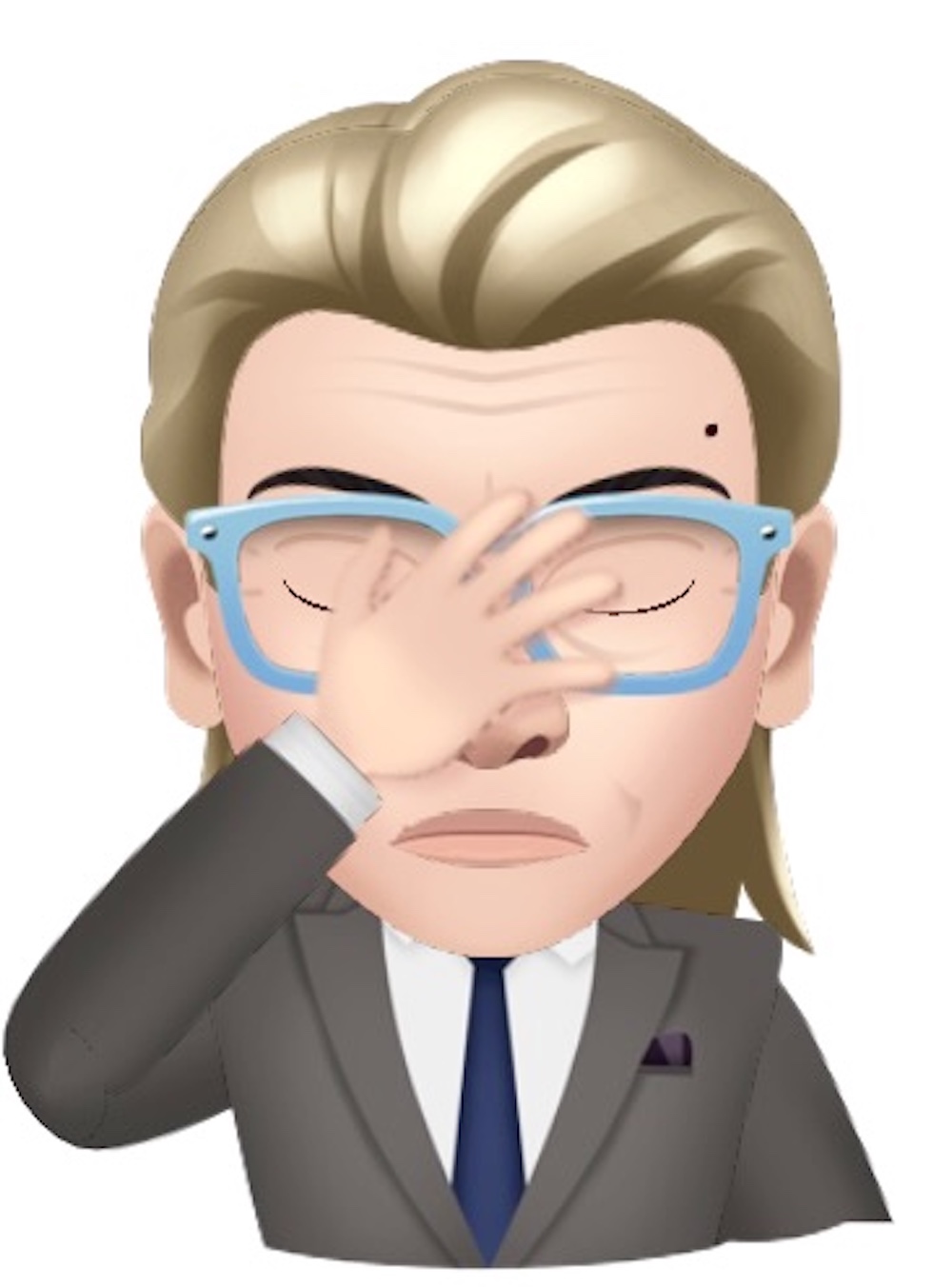
WIN: Wow, this is really too political for a “Rapid Fire” style feature. Let’s get back on track before you blow a gasket, OK? Here goes. Best dad wine?
RV: Well, since I am a dad to 26-year-old twins, I suppose I have some experience in this area. Those poor children were dragged through hundreds of dank, dark wine cellars when they were younger and watched their dad sip and spit more wine than they will likely drink in a lifetime. My dad wine is more of a dad mistake than anything else and it’s a recent bonehead move. My wife Maureen and I were entertaining nine guests recently with dinner and wines to match in the backyard. All of the guests have high wine IQs so the bottles needed to be on point. We all had a fair amount of vino, as one does, and it was getting late. Just before people started calling their for their Ubers, I not-so-brilliantly decided in the moment to grab one more bottle, the proverbial “one for the road.” Down to the cellar I went and up I came with our prized and only bottle of Sassicaia, the 2016 vintage, that I spent way too much for in a reckless, spontaneous splurge a few years ago thinking we would save it for a special milestone moment. Yes, I opened it without regret at the time, poured everyone a glass and have no clear recollection of what one of the world’s greatest wines tastes like and never will. Simply put, what a waste! A typical dad move among a sea other bad dad moves. Next question, and let’s pick it up.
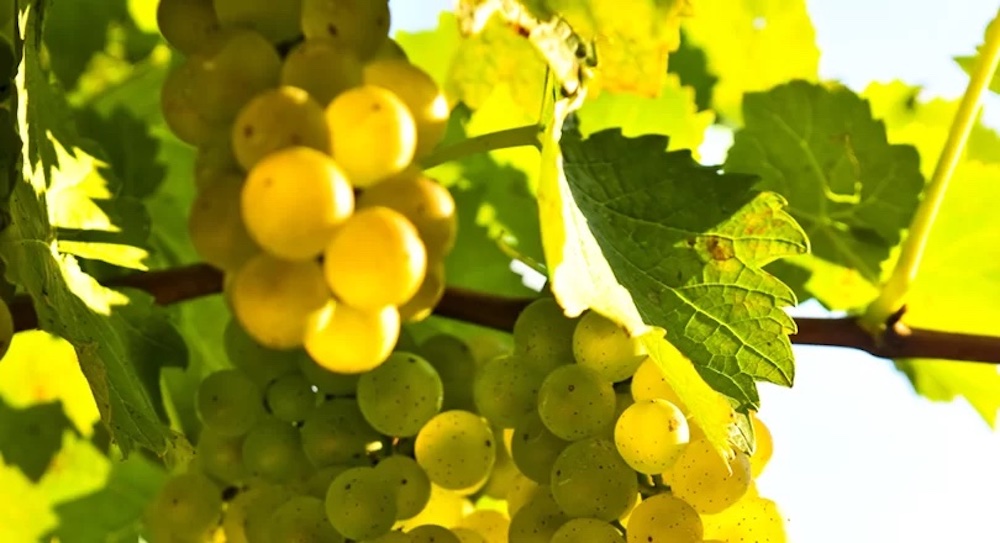
WIN: What grape does best in Ontario?
RV: Chardonnay. It truly is world class in the right vineyard and made by the right winemaker in Niagara and Ontario. Cabernet Franc, Riesling (this could be No. 1 if more people appreciated it), Gamay and Pinot Noir are all coming on strong.
WIN: When not drinking local, which way do you swing?
RV: Our modest wine cellar is predominantly Niagara and Prince Edward County now, but the other regions we have the most of include (yawn), Rhone reds and whites, Bordeaux, Spain (great value), and a smattering of Napa Cabs (a guilty pleasure dad wine, a taste acquired from my Calgary days and many, many trips to Napa).
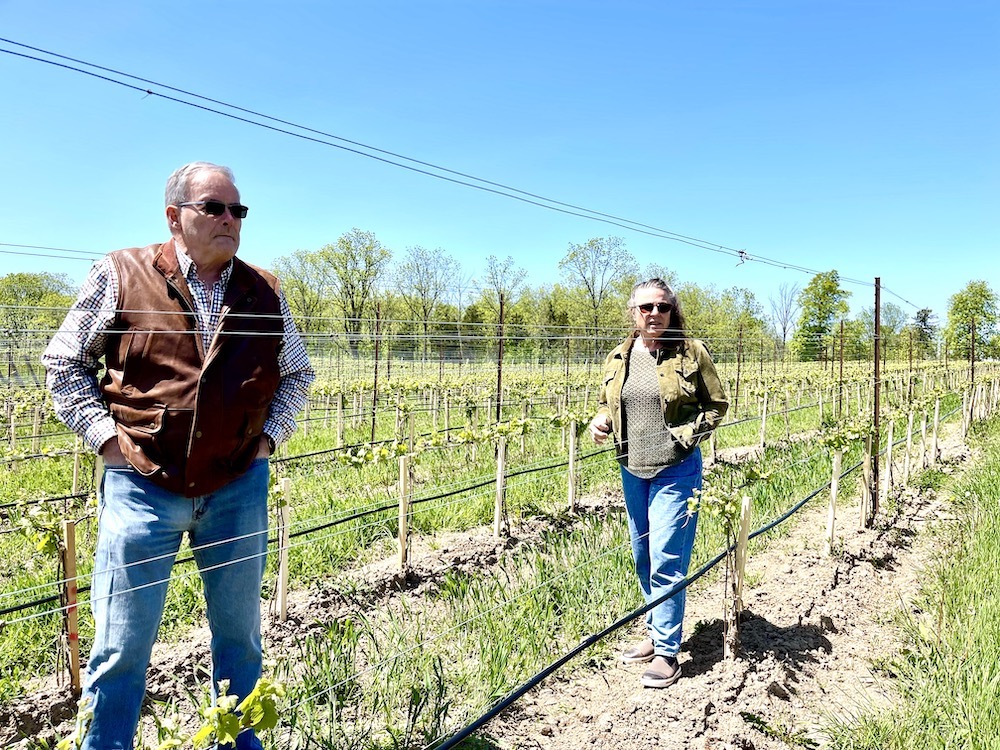
WIN: Niagara winery to watch?
RV: Dobbin Estate. The first wines I tasted from the winemaking/viticulture team of Peter Gamble and Ann Sperling, above, are transformative. Expensive, yes, but so unique, elegant, and expressive of what they are championing: Chardonnay, Riesling, Cabernet blends and Pinot Noir to come.
WIN: Anything else you’d like to say here before we put a nice red bow on this interview?
RV: Yes. This was weird to be both the interviewee and the interviewer. You have a warped mind to even entertain such a notion. You should be ashamed of yourself. Weirdo.
WIN: Right back atcha!







Comment here